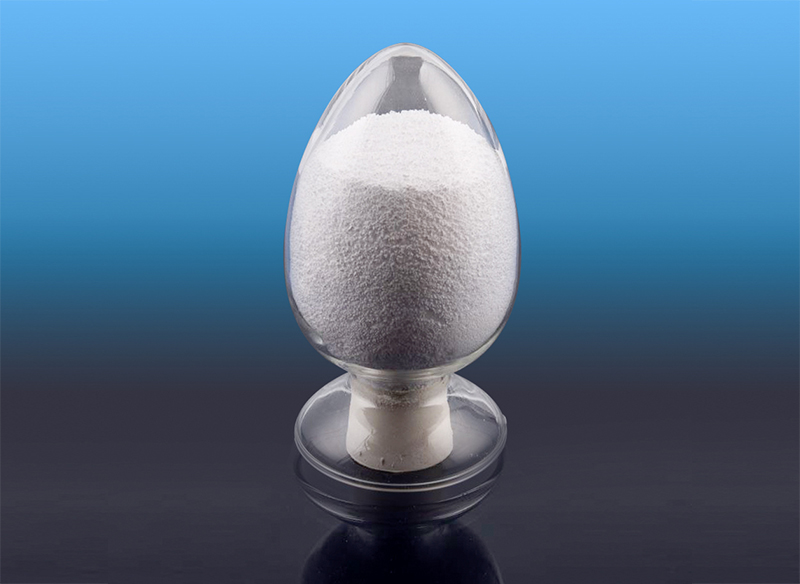How can hydrogenated isoprene polymer be used to replace traditional plastics in consumer products to reduce plastic waste?
Hydrogenated isoprene polymer (EP) can be used as a sustainable alternative to traditional plastics in consumer products in several ways. Due to its unique properties, such as flexibility, durability, and chemical resistance, EP is well-suited for applications that typically rely on plastics, especially in sectors where eco-friendly alternatives are increasingly in demand. Here are some key strategies for replacing traditional plastics with hydrogenated isoprene polymer to reduce plastic waste:
1. Biodegradable Packaging
Innovation: Hydrogenated isoprene polymer could be formulated into biodegradable packaging materials. Traditional plastics, like PET, PVC, or polystyrene, contribute significantly to plastic waste, as they take hundreds of years to degrade. EP, being a more eco-friendly material, could provide a compostable or biodegradable alternative, helping to reduce long-term environmental impact.
Example Application: Food packaging, protective wraps, or bubble wraps could be made from EP, offering the same protective features of plastic but with the added benefit of reducing plastic waste.
2. Eco-Friendly Consumer Goods
Innovation: EP can be used in the production of eco-friendly consumer products such as toys, kitchenware, and household items. These items are typically made from various types of plastic that are difficult to recycle. EP, especially in its bio-based form, could replace petroleum-based plastics in a range of consumer goods.
Example Application: Reusable shopping bags, toothbrush handles, kitchen utensils, and storage containers could be made from EP, making them more sustainable.
3. Flexible and Durable Components
Innovation: EP's flexibility and durability make it ideal for replacing flexible plastics in applications such as grips, handles, and soft touch parts in electronics, tools, and furniture.
Example Application: Instead of using PVC or polyurethane for soft-touch components in products like smartphones, computers, and furniture, EP could be used to create recyclable, non-toxic alternatives.
4. Sustainable Footwear
Innovation: The footwear industry relies heavily on synthetic plastics like EVA and PVC. EP can be used to produce eco-friendly soles, uppers, or insoles, offering a more sustainable alternative to traditional plastics used in shoes.
Example Application: Brands producing athletic shoes or casual footwear could adopt EP in their designs, reducing reliance on fossil fuel-based plastics and improving the sustainability of their products.
5. Automotive Interior Components
Innovation: The automotive industry uses various plastics for interior components, such as dashboard panels, door trim, and seals. EP could replace many of these conventional plastic parts due to its superior durability, chemical resistance, and low environmental impact during production and disposal.
Example Application: Seat cushions, dashboard parts, or door handles could be made from hydrogenated isoprene polymer, providing an alternative that is both eco-friendly and high-performing.
6. Medical Products and Devices
Innovation: Medical devices and products like gloves, catheters, bandages, and tubing are often made from plastics that can release harmful substances into the environment over time. EP can be used to create more biocompatible and eco-friendly medical products.
Example Application: Disposable medical gloves, which are traditionally made from latex or synthetic rubber, could be produced using hydrogenated isoprene polymer, offering a more sustainable solution with reduced environmental impact.

7. Sustainable Construction Materials
Innovation: EP can be used to produce flexible, durable construction materials for waterproofing, insulation, and sealing applications. These materials are often made from PVC or other plastic derivatives, which contribute significantly to plastic waste.
Example Application: Sealants, weatherproofing membranes, or waterproof coatings could be made using EP, providing flexible, long-lasting alternatives to plastic-based construction products.
8. Alternative to Plastic Films and Wraps
Innovation: Plastic films and wraps are widely used in packaging, food storage, and as protective coatings. EP can be formulated into flexible films that can act as an alternative to plastic films, offering biodegradable or compostable options.
Example Application: Compostable food wraps or protective films for packaging and shipping could be produced from EP, providing an eco-friendly solution that decomposes over time.
9. Improved Recycling Processes
Innovation: One of the challenges with traditional plastics is their poor recyclability, often resulting in them ending up in landfills. Hydrogenated isoprene polymer can be designed to be more easily recyclable or even reusable in some applications, which would reduce the amount of plastic waste generated.
Example Application: Creating products that incorporate recycled EP would create a circular economy where the material can be reused multiple times, thus reducing overall waste.
10. Biocompatible and Eco-Friendly Coatings
Innovation: EP can be used as a non-toxic, eco-friendly alternative to plastic coatings in a wide range of products, from electronics to automotive parts.
Example Application: EP-based coatings could be applied to electronics, such as smartphones, TV screens, or laptops, offering an alternative to toxic coatings that can contribute to environmental pollution.
11. Sustainable 3D Printing Materials
Innovation: 3D printing, which has become popular for custom products and prototyping, often uses plastics like PLA or ABS. Hydrogenated isoprene polymer could be developed as an eco-friendly filament for 3D printers.
Example Application: 3D printing enthusiasts and manufacturers could use EP-based filaments for creating custom parts, prototypes, or replacement components, reducing reliance on petroleum-based plastics.
12. Flexible Electronics and Wearables
Innovation: EP’s flexibility and durability make it a promising material for use in wearable devices and flexible electronics that traditionally rely on plastic substrates and enclosures.
Example Application: Smartwatches, fitness trackers, and other wearable devices could use EP for their bands, casings, and internal components, providing an eco-friendly alternative to plastic.





